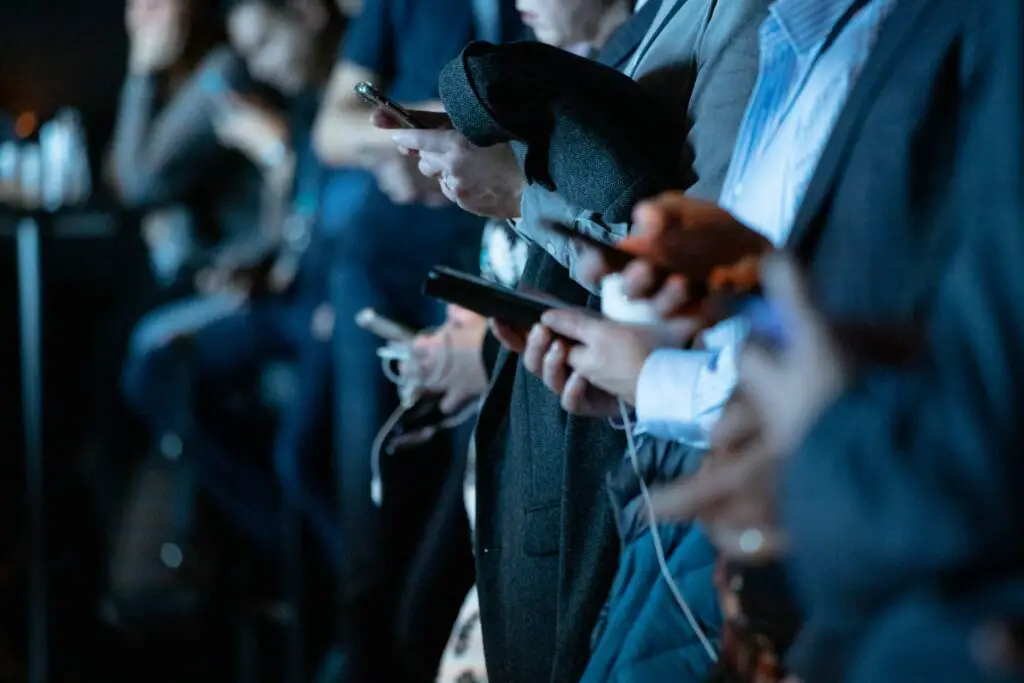Introduction:
More than 3.6 billion individuals use social media on a daily basis, making it a commonplace aspect of modern life. Social networking has evolved into a resource that college students may use for both academic and personal needs. Social media has completely changed how college students interact with others, from keeping in contact with friends and family to working together with classmates. With so many social media platforms accessible, it’s important to take into account how much time college students spend on social media every day.

How many hours a day do college students use social media?
According to recent studies, college students in the US spend an average of three hours per day on social media platforms. This is a significant increase from previous years, where students spent an average of two hours or less on social media per day. The rise in social media use can be attributed to the increased availability of smartphones and mobile devices, which make it easier for students to access social media at any time.
Social media’s effects on college students:
Social media has completely changed how college students interact with one another. Yet, excessive social media use can have a detrimental effect on social connections, mental health, and academic achievement. For instance, research has demonstrated that using social media can cause procrastination, a decline in motivation, and distraction, all of which can affect academic performance and grades. Social media may also have a detrimental impact on mental health, leading to higher levels of anxiety and sadness, for example. Social media may also affect how people engage with one another since it can give users a false sense of connection and discourage face-to-face conversation.
The following variables affect college student’s usage of social media:
The amount of time a college student spend on social media might vary depending on factors including gender, age, and ethnicity.
- Studies have indicated, for instance, that younger students tend to use social media more than older students do, and that female students often use social media more frequently than male students.
- Also, students of particular ethnicities could use social media more frequently than students of other ethnicities. In order to comprehend usage patterns and trends, it is crucial to take these elements into account while researching social media use among college students.
The association among social media usage academic achievement:
Research has shown that excessive use of social media can have a negative impact on academic performance, as it can lead to distraction, procrastination, and decreased motivation. However, the relationship between social media use and academic performance is complex and can vary depending on factors such as the type of social media use and the individual student. For example, using social media for academic purposes, such as collaborating with classmates or seeking academic support, can have a positive impact on academic performance.
Tips for managing social media use:
To avoid the negative effects of excessive social media use, a college student can implement strategies such as setting time limits, taking social media breaks, and using productivity apps to help manage their time more effectively. Other strategies may include engaging in offline activities, such as exercise or socializing with friends, to decrease reliance on social media for entertainment and social interaction. It’s important for students to find a balance between their social media use and other aspects of their lives to avoid negative impacts on academic performance and mental health.
The future of social media use among college students:
As technology continues to evolve, it’s likely that social media will play an even more significant role in the lives of college students. However, it’s important to continue monitoring the impact of social media on academic performance and mental health to ensure that students are using these platforms in a healthy and productive way. This may involve developing new strategies for managing social media use and promoting healthy social media habits among college students. It will be interesting to see how social media use among college students evolves in the future and how it impacts their academic and personal lives.
Conclusion:
While social media has become an integral part of the daily lives of college students, it’s important to monitor the amount of time spent on these platforms to avoid negative impacts on academic performance and mental health. By implementing strategies for managing social media use, a college student can continue to enjoy the benefits of these platforms without sacrificing their productivity and well-being. It will be fascinating to observe how social media use among college students changes as technology continues to advance.
FAQ’s:
- Is the usage of social media by a college student problematic?
A: Excessive social media use can have a detrimental effect on social interactions, mental health, and academic achievement. Yet, utilising social media sparingly and for educational reasons may be beneficial.
- How much time should a college student spend on social media?
A: It’s recommended that a college student spend no more than two hours per day on social media to maintain a healthy balance between online and offline activities.
- Does social media use impact academic achievement?
A: Yes, excessive social media use can negatively impact academic performance. However, using social media for academic purposes and in moderation can have positive effects on academic performance.
